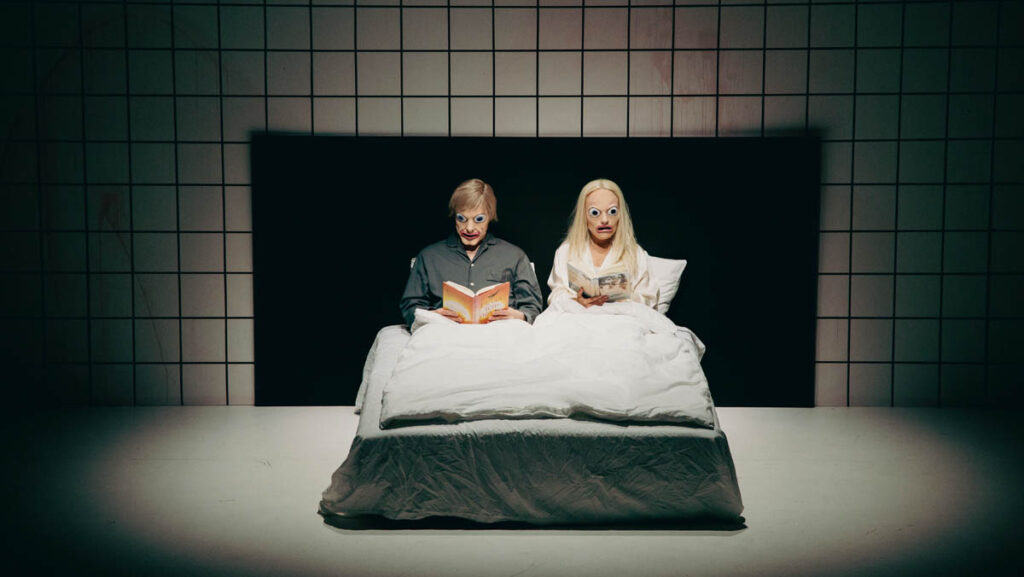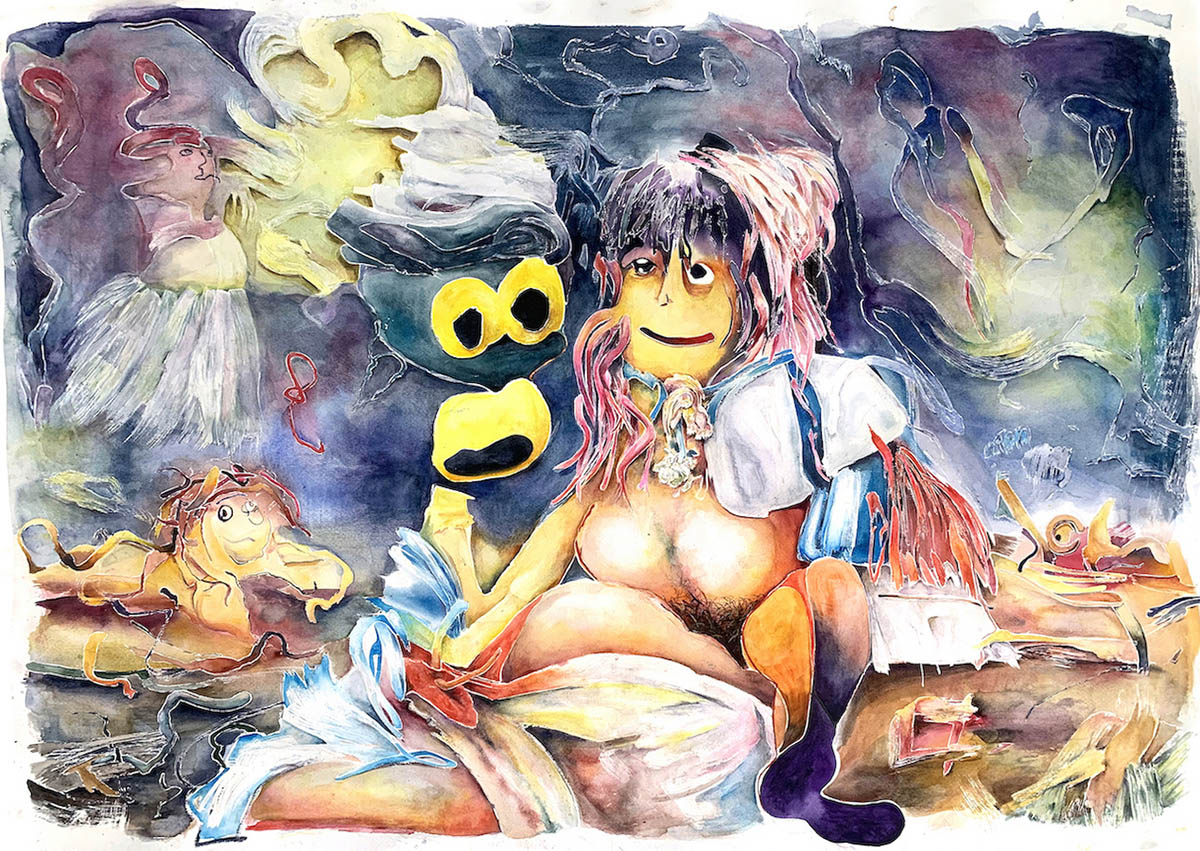
How did you become an artist?
I guess I always was sort of interested in art. From a young age, I loved creating characters and worlds and bringing them to life in drawing. Once in university, I kept attempting to study more „practical“ fields, but art kept calling me back. It still took years for me to fully identify as an artist and to permit myself to dedicate myself to creating images objects and videos.
What inspires your work?
I think I often start with a state of anxiety or discomfort, and then I attempt to find humor in it. For me, I like to embrace contradictions. An interesting piece of work can be both beautiful and ugly at the same time or convey joy and disquiet. I suppose the characters I create are avatars for myself and give me the opportunity to try on different masks to situate myself in the world that I’ve created. It’s also important for me to retain a sense of play in my practice, and to approach new materials with a sense of curiosity.
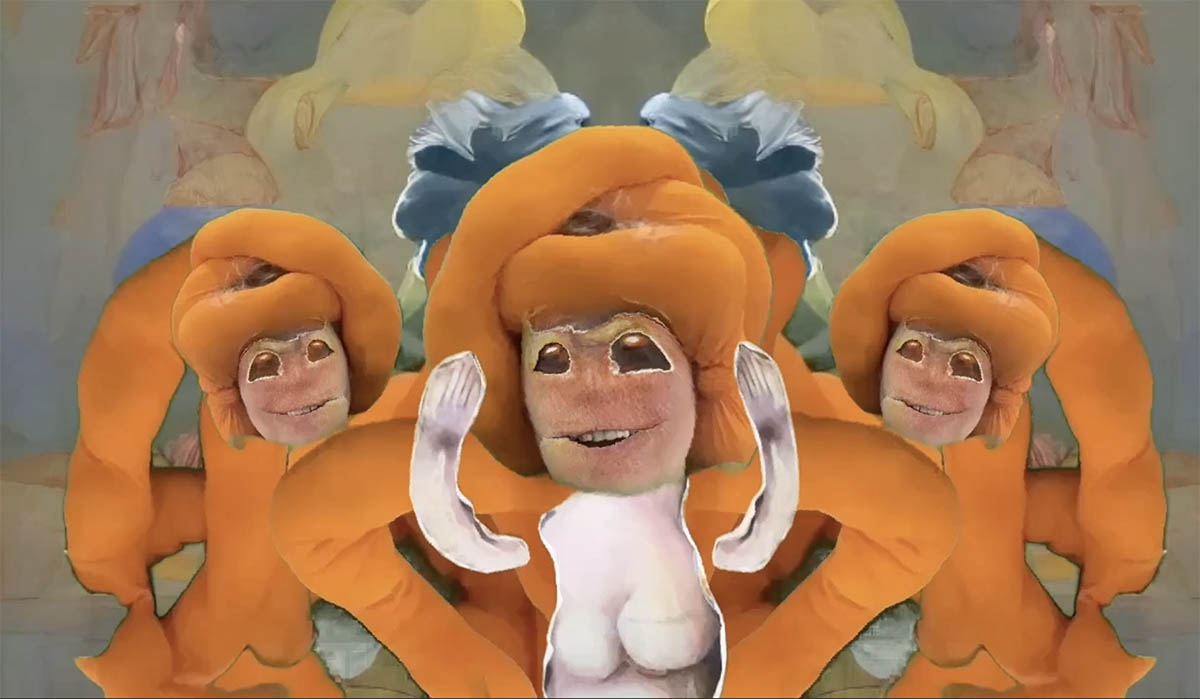
Can you discuss the role of humor and absurdity in your work?
To me, humor comes as a natural impulse. It offers a way to work through the discomfort and invite the viewer to engage. I’ve always related to the „sad clown“ archetype, that underneath something humorous, there’s often a sliver of melancholy. But sometimes it’s not even that serious. Like the clown, it’s perhaps my preferred way to engage with an audience, have fun, and lighten things up.
For me, absurdity comes as a close sibling to humour as a way to disarm ourselves from the ordinary.
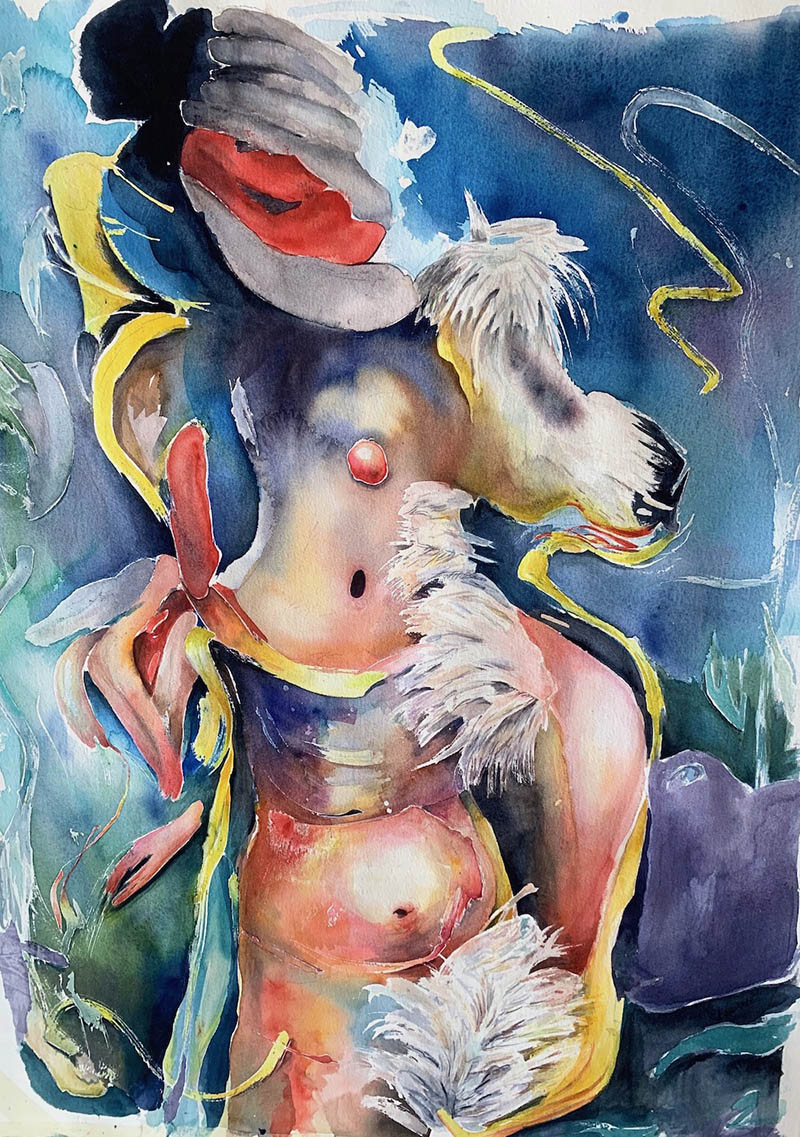
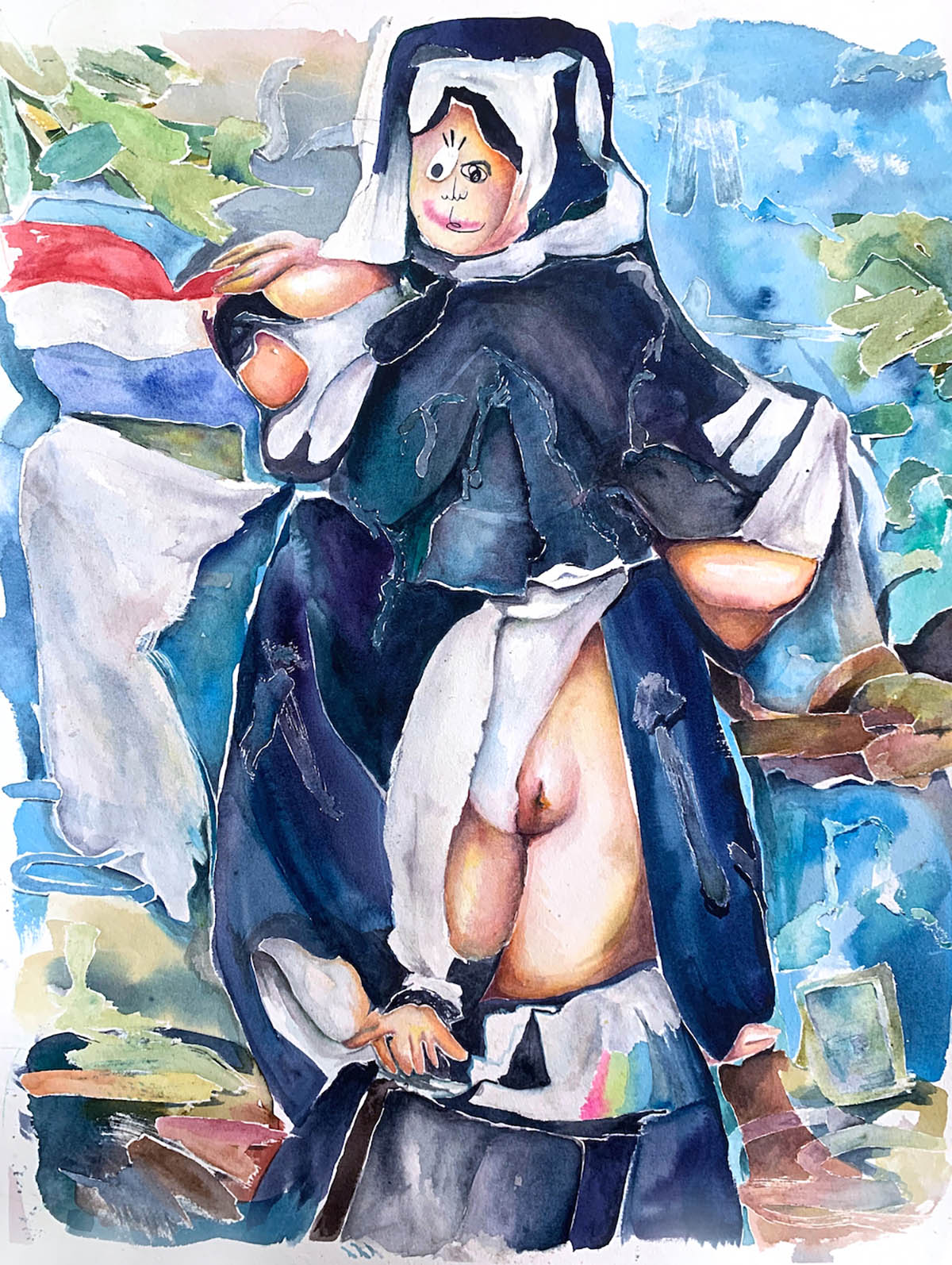
How does your work comment on or challenge societal norms and conventions?
I like to think that the characters I create are deviants of sorts, with bodies that take on their forms outside conventional standards of beauty or behavior. For me, the grotesque is a strategy I employ to play against these conventions, giving the characters an over-the-topness where they may become disturbing. Their human elements extend into animals, puppets, or other technological entities. There is a freedom in their defiance: no longer attached to the conformity of beauty, they can exist as they want to be, in a potential world of other deviants.
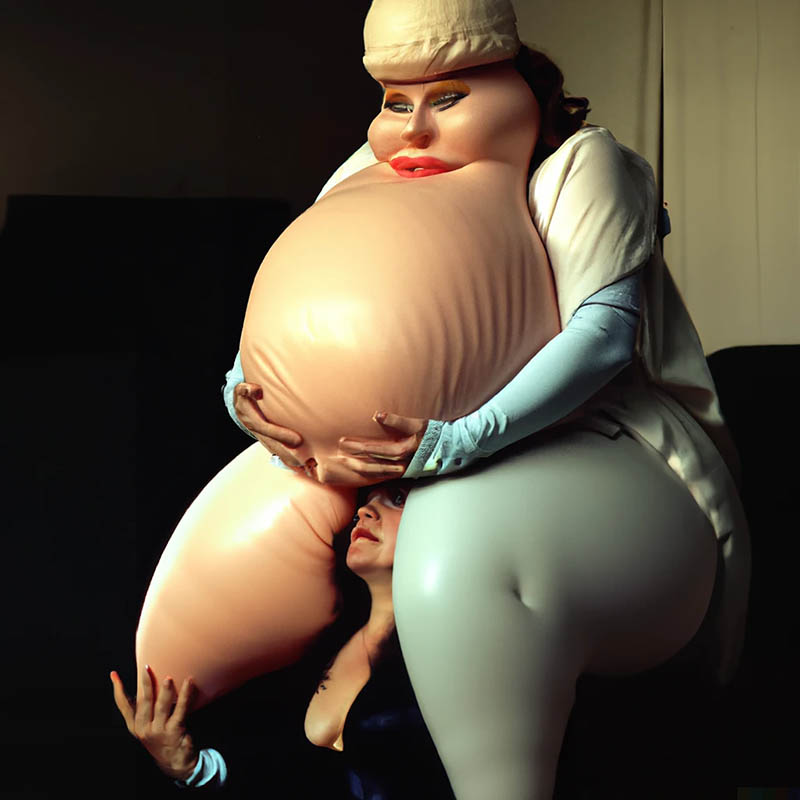
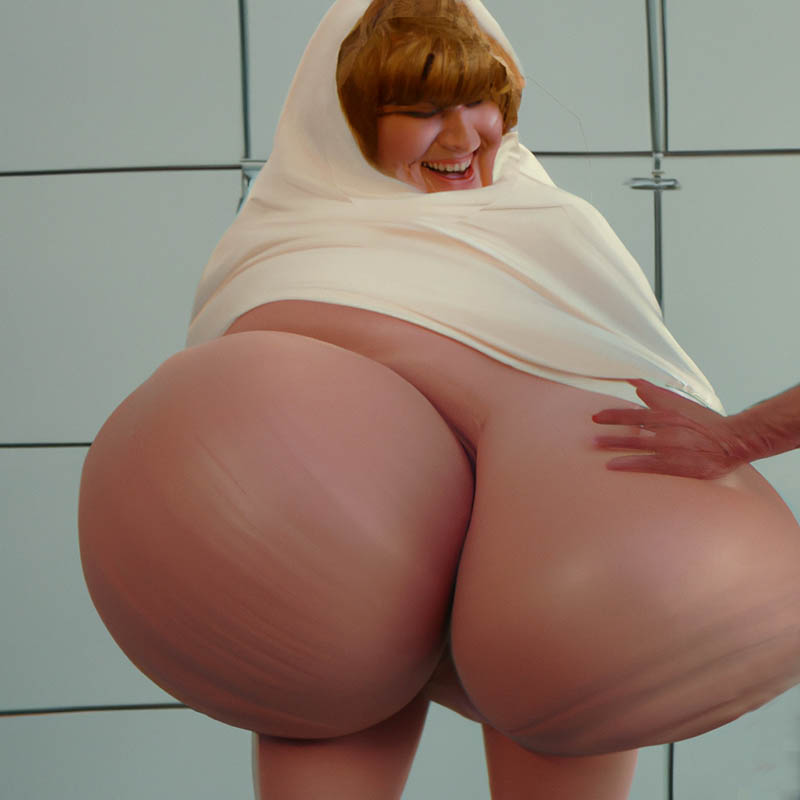
Could you share with us the themes you delve into in your work?
For me, I like to start from the idea of the monstrous feminine, where I can try to tie together opposing ideas: Can I make something that is beautiful and disgusting at the same time? Can it be brightly colored and inviting, but disarming once you take a closer look? I think of my practice as an exercise in world-building, creating a universe that is both utopian and dystopian, depending on one’s point of view. In this world, these beings can exist outside the bounds of gendered expectations, but it’s still imperfect. There’s still a sense of disquiet looming over. Even when I work with a still image in watercolor, I want there to be a feeling of movement, like we’re not on solid ground when we’re looking at it. And of course, I want it to be fun. Yes, so many of us are dealing with anxiety at this current moment, but I think if we can laugh at ourselves a bit, it’ll help us cope just a bit more.
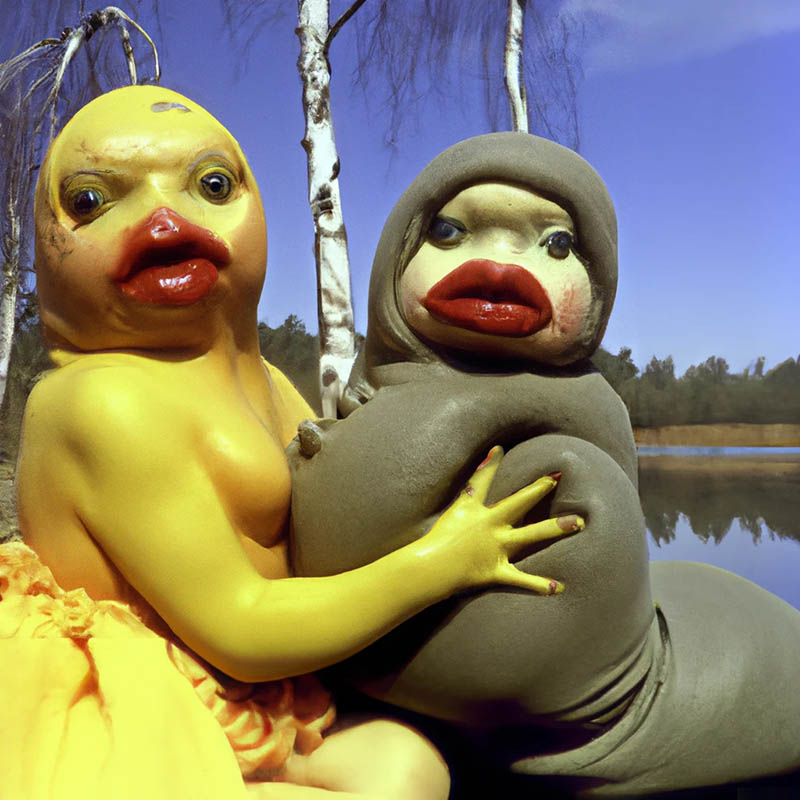
Are there any future projects or exhibitions that you have in the works?
I’ll be at Pictoplasma in Berlin from May 3 to 7, both exhibiting some of my work during the event as well as giving a public talk about my practice. After that, I have a project in June at Stewart Hall Gallery in Montreal where I’ll be installing an evolving installation that doubles as a mini film set (with weird props and costumes) and creating videos in situ for a month.
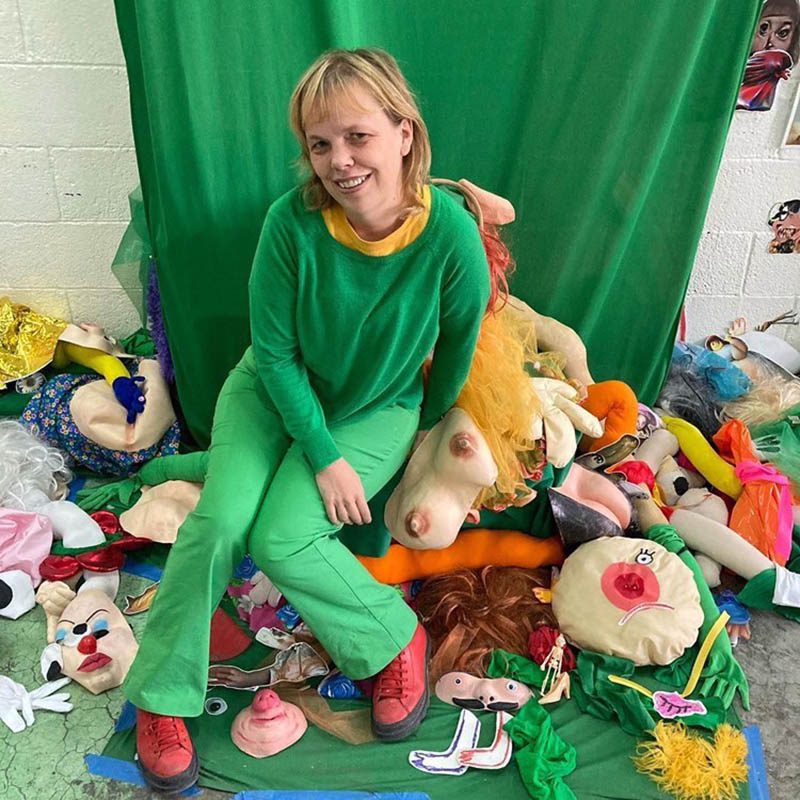
What do you hope people take away from viewing your work?
I like it when everybody has their distinct reactions. I hope they have fun, are slightly disturbed, and maybe have fun with the fact that they’re slightly disturbed.
Beth Frey – www.bethfrey.com, www.instagram.com/bethisms/




